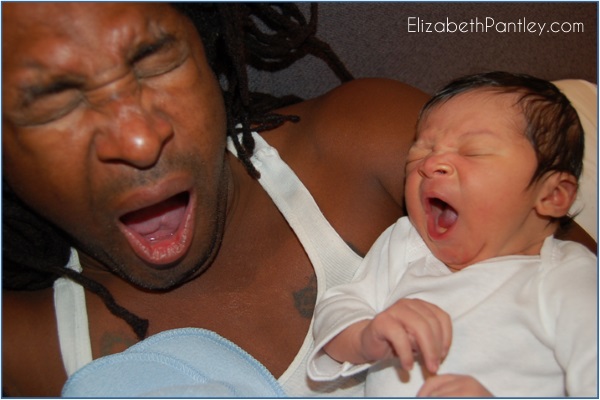
Learning your baby’s unique sleep signals is one of the first steps towards encouraging healthy sleep. When you can recognize your baby’s sleep cues, then you will be able to put her down to sleep as soon as she becomes tired. Your baby does not understand her own sleep needs so she is dependent upon you to decipher them for her.
When a baby is kept awake when her body is craving sleep, she will typically become unhappy – fussing and crying. This pattern can develop into chronic sleep deprivation, which interferes with your baby’s sleep maturity and even their development and growth.
Pia, mother of eight-month-old Carrson talks about this problem, “I discovered that I had been putting Carrson to bed purely by the clock, not at all by his tiredness. Once I changed this dynamic and began identifying his sleepy signals he fell asleep easier and slept longer.”
Use the Clock as a Guide
Your main source of information should be your own child, but you can also use the clock as a guide. Most newborns are ready for sleep after only one or possibly two hours of being awake. This time span grows to two to three hours around three months old, three to four hours by one year old, and five to six hours around two years of age.
Pushing your child past the happy, awake stage into tiredness causes her to become easily overstimulated. In turn, this means that she may have a harder time falling asleep and staying asleep.
The Magic Moment
There is a magic moment where your baby is tired, but not too tired. The clock can be used as a general guide along with watching your child’s sleepy signals. Once you see that your child is tired, there should be a quick yet calm trip straight to bed. Too long of a bedtime or naptime routine could cause your child to get a second wind – then you’ll find a too-tired, wired, unable-to-sleep child on your hands!
Typical Sleepy Signals
Each child has his own sleepy signals, and you will learn these over time. However, here are some of the most common signs that your child is tired:
- looking glazed or unfocused
- having a more relaxed jaw, chin and mouth (droopy looking)
- becoming whiny and cranky
- fussing or crying
- yawning
- lying down or slumping in his seat
- reducing his level of movement and activity
- becoming more quiet
- losing interest in people, toys and playtime
- rubbing eyes or face
- losing patience or having tantrums
- watching television or a movie with a blank expression
- caressing a lovey or blanket
- asking for a pacifier, bottle or to nurse
Your particular child’s sleepy signs may change at different stages of their development so you will have to continue to pay close attention to your child and how they are trying to communicate with you.
Need more tips?The No-Cry Sleep Solution Enhanced eBook features a video at the end of each of 14 chapters to help you as you work through the book. You’ll have restful nights in no time!



























